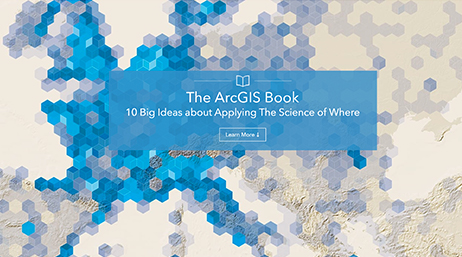

You can drag the edges and expand it, but instead we will use one of the Layout presets. Our Rule editor window is way too small for us to write our codes, so let’s make it bigger.As for the Selectors, you can choose one of the following: top, bottom, right, left, front, back, side (all sides, except top and bottom) or all (all sides).

extrude(axis, height) : This function will take the selected surface and extrude it along the defined axis (x,y or z) with a given height.In order to do this, we will aim to create a basic building.ĬityEngine mainly uses three operators to generate a 3D building from a flat surface. We will start with the basics to get ourselves familiarized with CGA language. To create such detailed model as the Temple will require some time and a firm understanding of CGA language. Iteratively refine a design by creating more and more detail The following rule derivation illustrates the process: on the left side the initial shape is shown and on the right side the resulting generated model is displayed. These rules operate on shapes which consist of a geometry in a locally oriented bounding-box (so-called scope). The idea of grammar-based modeling is to define rules that iteratively refine a design by creating more and more detail. The term CGA stands for Computer Generated Architecture. The CGA shape grammar of the CityEngine is a unique programming language specified to generate architectural 3D content. Try experimenting with different values and also for the other flats.
Cityengine help update#
The building will change form every time you update the model. Press Ctrl+Shift+G or click on the Update Seed button (next to Generate button).

Re-generating your whole scene can be demanding on your computer performance, especially with large projects.) (if you get a pop-up, asking whether you want to regenerate models, click on NO.
Cityengine help archive#


 0 kommentar(er)
0 kommentar(er)
